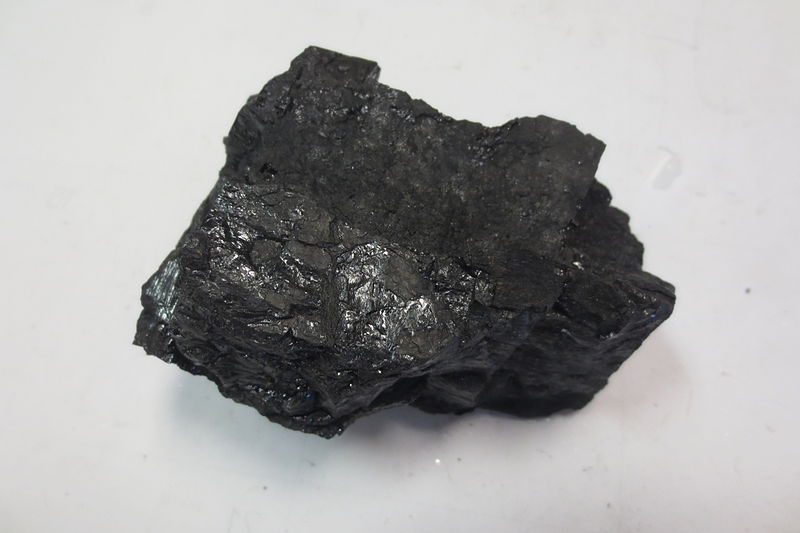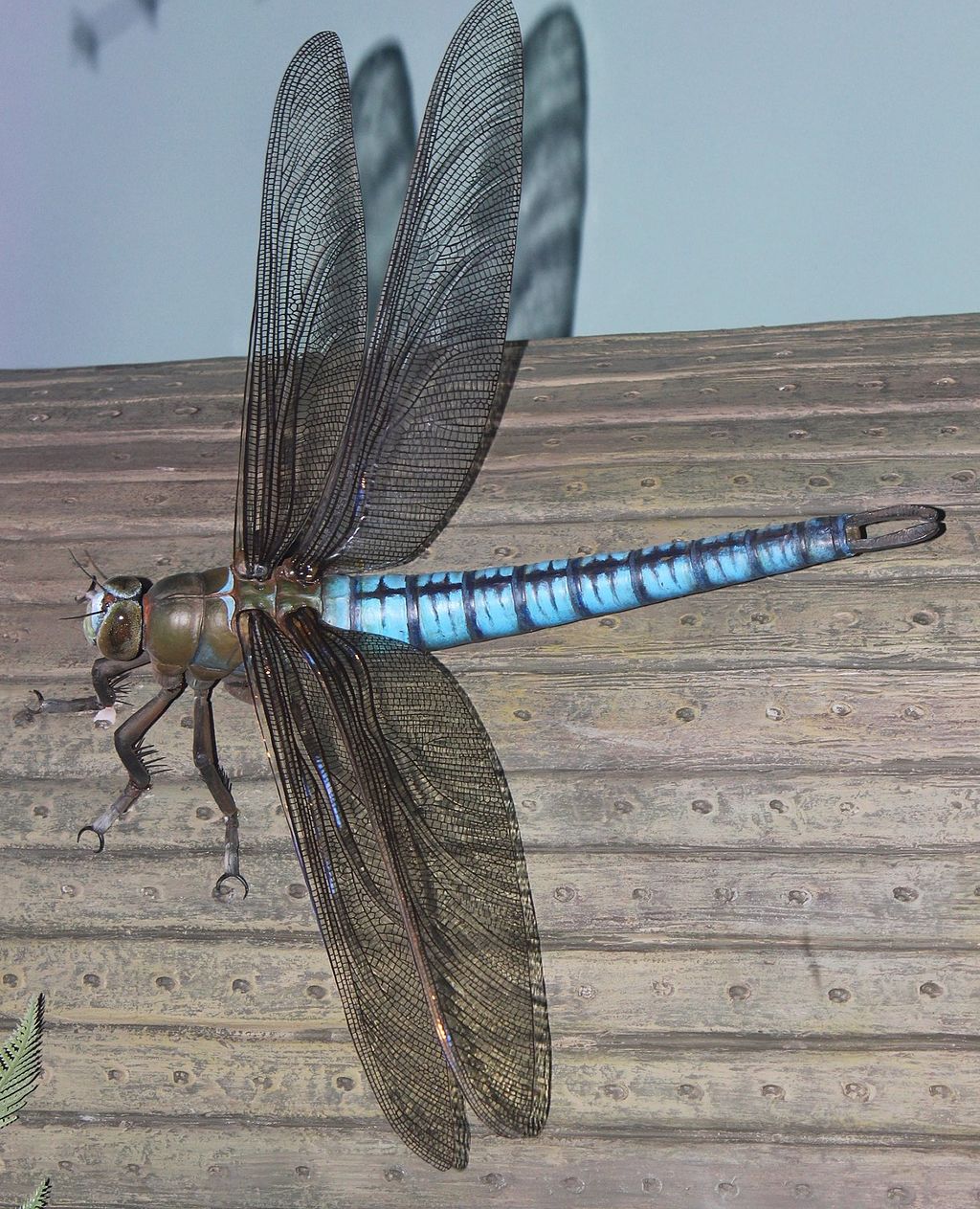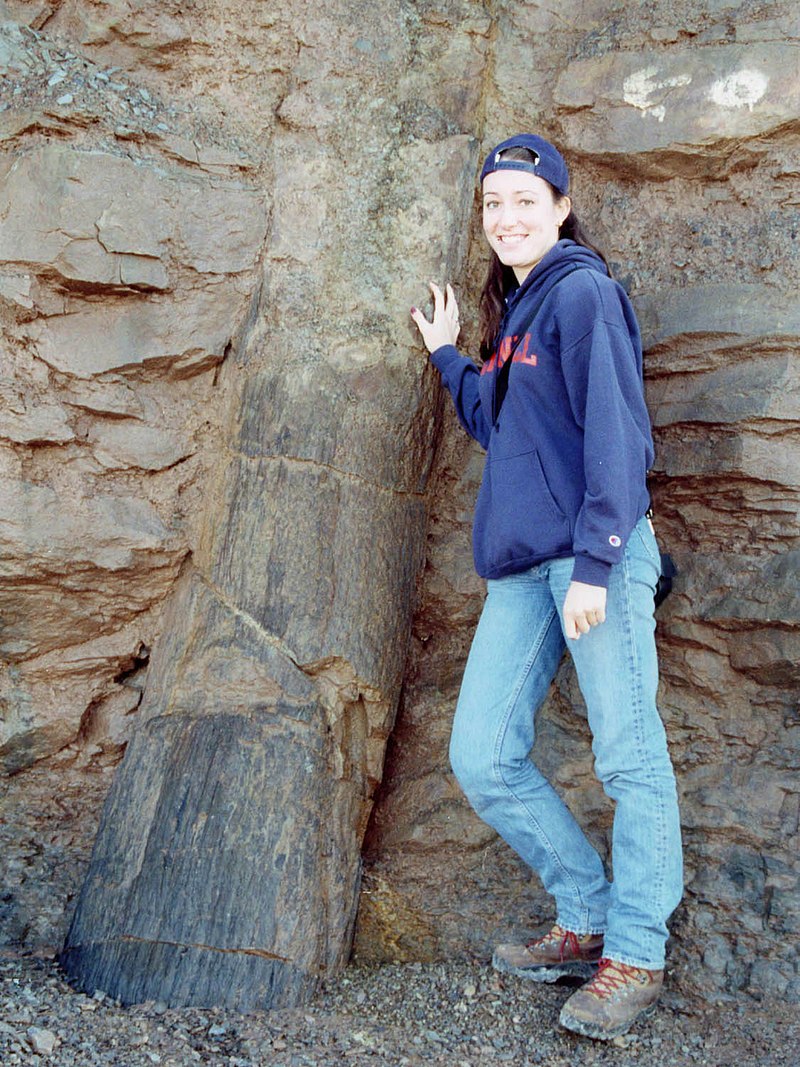I don't know if anyone else has sensed the change, but as the month of September approaches, things tend to get a little colder! Even here in Utah, we feel the chill. Today was the first day I actually felt nippy coming outside this morning. Brrr! And the cold means something really special is coming up: Harvest Day, Thanksgiving, Christmas, New Years, my birthday! The best holidays of the year are coming up real soon!
Days till:
It is: 12 days till the first day of Fall
It is: 75 days till The Good Dinosaur's theatrical release
It is: 31 days till Columbus Day
In the Spotlight:
Unfortunately, I have nothing to share in this section today either.
Topic of the Week by Christian Ryan
| The Carboniferous was an ancient habitat of the pre-Flood world with a unique set of plants and animals not seen today. |
 |
| The Floating Forest of the Carboniferous was a home to many species of plants and animals. (PHOTO CREDITS) |
A forest that floats across the ocean? Even though it sounds like something out of Peter Pan, these incredible habitats actually existed until about 4,350 years ago. But before we learn more about the floating forest, we must establish what the Carboniferous actually is? To find that out, we have to know our geology. The earth contains several different rock layers with different sets of fossil animals and plants. Scientific evidence shows most of these rock layers (Cambrian, Ordovician, Silurian, Carboniferous, Permian, Triassic, Jurassic and Cretaceous) were deposited during the global Flood of Noah's time, reflecting not the history of life on earth, but rather an order of burial as the flood's watery carnage rose and eventually conquered the land.
If Carboniferous doesn't sound English to you, that's because it isn't. It's actually composed of two Latin words: carbō (which means “coal”) and ferō (which means “I bear, I carry”), in essence, meaning “coal carrier”. This rock layer is perhaps one of the most important to human kind because, as its name suggests, it provided us with a material that helped us progress into the future: coal! Even though the use of coal as fuel is being looked down upon today (due to all the pollution it causes), it's been used for thousands of years; even the ancient Chinese people mined for this material. It is thanks to coal that the Industrial Revolution came about. Contrary to popular belief, coal, oil and fossil fuels don't actually come from dead dinosaurs, but from the remains of dead plants. If all the vegetation we have on earth today was turned into coal, it would only equal around 3% of how much coal the earth contains! So there must have been a lot of plant life all over the world in ancient days, and that's exactly what the fossil evidence suggests!
 |
| Coal and other fossil fuels don't actually come from dead dinosaurs; they actually come from compressed plant matter. (Wikimedia Commons) |
In addition to loads and loads of coal, we also find numerous plant fossils in Carboniferous rocks. Most (if not all) of these plants have two things in common:
- They are often found in marine sediments and associated with marine animals.
- The roots, trunks and rootlets of these plants were hollow, and the roots of these plants grew outward rather than straight down, like most plants.
 |
| Believe it or not, this was what earth looked like between 6,000 and 4,350 years ago! (PHOTO CREDITS) |
 |
| Giant ferns, horsetails and conifers were common in the Carboniferous; some Carboniferous trees grew over 100 feet tall! (Wikimedia Commons) |
 |
| Once thought to be a giant spider, Megarachne was a species of sea scorpion. (Wikimedia Commons) |
 |
| Petrolacosaurus was a small lizard like creature. |
In the floating forests themselves, other creatures would have been seen. Some were amphibians, like Proterogyrinus (imagine a sharp-toothed salamander over seven feet long), and others were small reptiles, like the lizard-like Petrolacosaurus. Strangest of all the floating forest-dwellers however were still the arthropods. Mayflies are one of the several insect species found here, and they look very much like modern mayflies do today. Crawling along the ground were giant cockroaches, some of which 3.5 inches in length (that's twice as big as the ones that we squish and spray today). Feeding upon smaller arthropods (and perhaps small amphibians and reptiles), were the much more sightly dragonflies. These dragonflies were almost identical to the ones that hover in the air today, except for one thing: they were giants! With a wingspan of over 2 ½ feet, the gull-sized Meganeura was one of the largest of them all. Like modern dragonflies, Meganeura was probably swift and agile in the air, capable of reaching speeds in excess of 30 mph!
 |
| Meganeura was a monster dragonfly; with a wingspan of 2 1/2 feet, it was the largest flying insect ever! (Wikimedia Commons) |
 |
| Arthropleura was a giant millipede six to eight feet long. Thankfully, this creature was a plant eater. (Wikimedia Commons) |
The fossils of plants, giant dragonflies, millipedes, scorpions and other animals we find in Carboniferous rocks are a reminder of just how devastating the Flood was – after all, according to Genesis 6:11-13, God sent the Flood upon earth as a judgment upon the sin we produced that had blemished the earth. It is only because of fossils that we are able to “travel back in time” to see what those beautiful, floating forests of the Carboniferous might have been like, more than 4,350 years ago. What a sight they would have been to see!
 |
| Remains of those Carboniferous giants can only be found in the fossil record. |
References:
www.answersingenesis.org/biology/plants/how-did-we-get-all-this-coal
www.answersingenesis.org/geology/sedimentation/sinking-a-floating-forest
www.answersingenesis.org/creation-science/field-trip
www.science.nationalgeographic.com/science/prehistoric-world/carboniferous
www.wikipedia.org/wiki/Carboniferous
www.prehistoric-wildlife.com/species/m/megarachne
www.prehistoric-wildlife.com/species/m/meganeura
www.prehistoric-wildlife.com/species/a/arthropleura
Disclaimer: Many (or in some cases all) of the photographs and images above are not mine. If you own one or more of them and would like them to be removed, politely let me know via my email address.

No comments:
Post a Comment